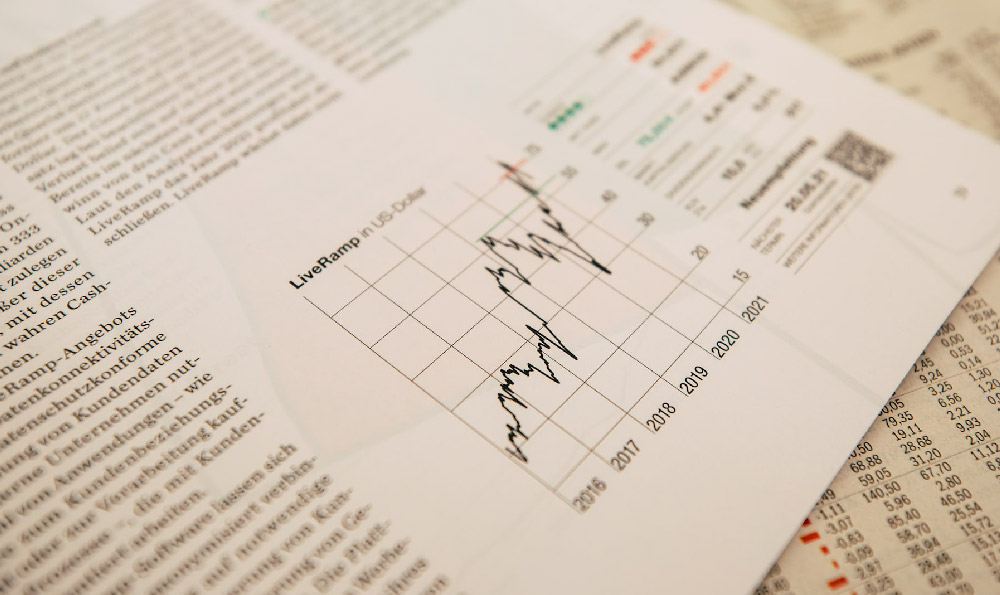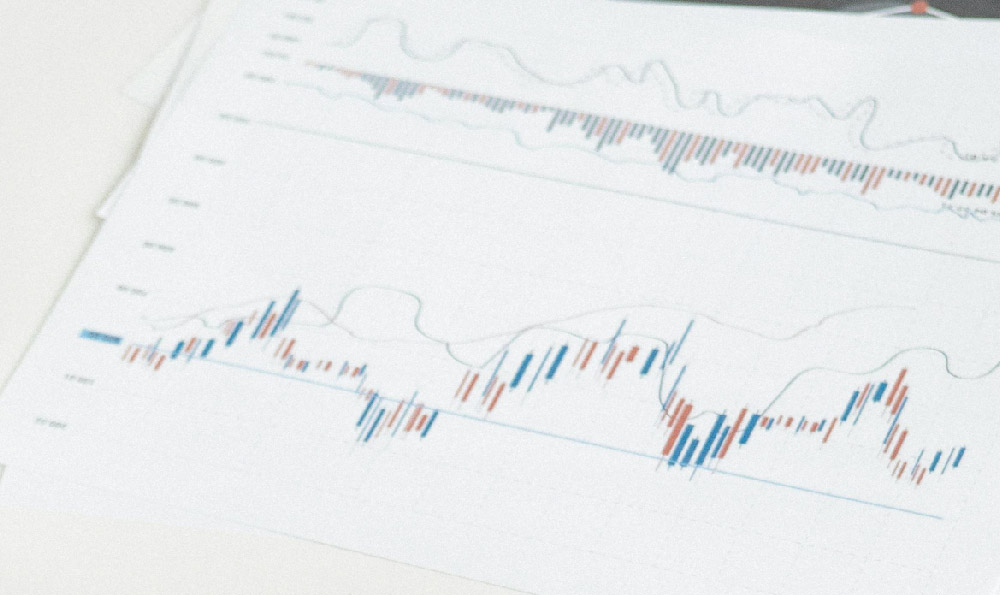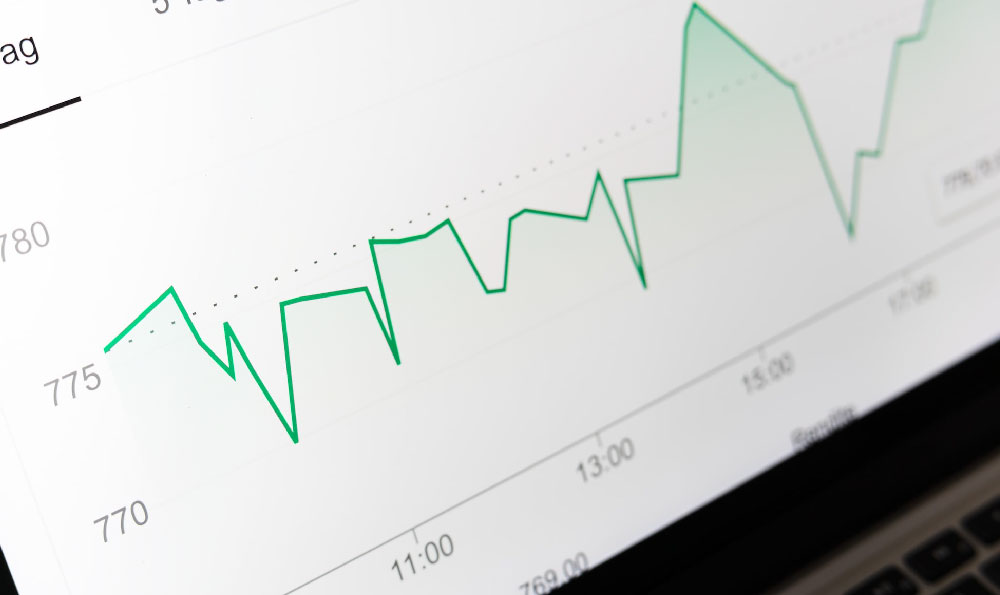Measuring investment performance is crucial for evaluating the success of your investment strategies and making informed decisions about future allocations. It's not enough to simply see your account balance grow or shrink; you need to understand the specific metrics that indicate how well your investments are performing relative to your goals and the overall market. One of the most fundamental metrics for gauging investment performance is the Return on Investment (ROI). However, ROI is only one piece of the puzzle, and a comprehensive assessment involves considering several other key indicators and understanding their nuances.
Let's delve into the concept of ROI. In its simplest form, ROI represents the profitability of an investment relative to its cost. It is calculated as (Net Profit / Cost of Investment) x 100. This calculation provides a percentage figure that indicates the return generated for every dollar invested. For example, if you invest $1,000 in a stock and sell it a year later for $1,200, your net profit is $200 ($1,200 - $1,000). Your ROI would then be ($200 / $1,000) x 100 = 20%. This means you earned a 20% return on your initial investment.
ROI is a valuable tool for comparing the profitability of different investments. It allows you to quickly assess which investments are generating the highest returns and allocate your capital accordingly. For instance, if you are considering investing in two different stocks, one with an expected ROI of 10% and another with an expected ROI of 15%, ROI suggests that the second stock is likely to be a more profitable investment.

However, ROI has certain limitations that must be considered. Firstly, it doesn't account for the time value of money. A 20% ROI achieved over five years is less attractive than a 20% ROI achieved in one year, as the latter allows you to reinvest your profits sooner. To address this, you can use annualized ROI, which converts the total ROI to an average annual return. This is particularly useful when comparing investments with different holding periods. The annualized ROI can be calculated using the formula: ((1 + ROI)^(1 / Number of Years)) - 1. For example, if an investment yielded a total ROI of 50% over 5 years, the annualized ROI would be ((1 + 0.5)^(1/5)) - 1, which is approximately 8.45%.
Secondly, ROI doesn't consider risk. An investment with a high ROI might also carry a high level of risk. Before making any investment decisions, it's crucial to assess the risk-adjusted return, which incorporates the risk associated with the investment. One commonly used measure of risk-adjusted return is the Sharpe ratio. The Sharpe ratio compares the excess return of an investment (return above the risk-free rate) to its volatility (standard deviation). A higher Sharpe ratio indicates a better risk-adjusted return. The formula for the Sharpe ratio is (Rp - Rf) / σp, where Rp is the portfolio return, Rf is the risk-free rate, and σp is the standard deviation of the portfolio return.
Besides ROI and Sharpe ratio, several other metrics can provide a more comprehensive picture of investment performance. These include:
-
Total Return: This is the overall change in the value of an investment over a specific period, including both capital appreciation and any income generated (e.g., dividends or interest). Total return is a useful measure for evaluating the overall performance of a portfolio or individual investment.
-
Benchmark Comparison: Comparing your investment performance to a relevant benchmark is essential. A benchmark is a standard against which the performance of your investment is measured. Common benchmarks include the S&P 500 for large-cap stocks, the Nasdaq Composite for technology stocks, and the Bloomberg Barclays U.S. Aggregate Bond Index for bonds. Consistently outperforming a relevant benchmark indicates strong investment management. Simply achieving a positive return is insufficient if the benchmark performed even better.
-
Alpha: Alpha measures the excess return of an investment compared to its benchmark, adjusted for risk. It represents the value added by the investment manager beyond what could be achieved by simply tracking the benchmark. A positive alpha indicates that the investment manager has generated superior returns, while a negative alpha indicates underperformance.
-
Beta: Beta measures the volatility of an investment relative to the market. A beta of 1 indicates that the investment's price will move in line with the market. A beta greater than 1 indicates that the investment is more volatile than the market, while a beta less than 1 indicates lower volatility. Understanding beta is important for managing portfolio risk.
-
Information Ratio: The information ratio measures the consistency of an investment manager's excess returns relative to a benchmark. It is calculated as (Rp - Rb) / σ(Rp - Rb), where Rp is the portfolio return, Rb is the benchmark return, and σ(Rp - Rb) is the standard deviation of the difference between the portfolio and benchmark returns (tracking error). A higher information ratio indicates that the manager has consistently generated excess returns with low tracking error.
-
Drawdown: Drawdown measures the peak-to-trough decline in an investment's value during a specific period. It is an important indicator of downside risk, as it shows the maximum potential loss that an investor could have experienced. Minimizing drawdown is a key objective for many investors, especially those with a low risk tolerance.
When evaluating investment performance, it is crucial to consider the investment's objectives, risk tolerance, and time horizon. Different investments have different goals, and what constitutes good performance for one investment may not be appropriate for another. For example, a conservative investor might prioritize capital preservation over high returns, while an aggressive investor might be willing to accept higher risk for the potential of higher returns.
Furthermore, investment performance should be evaluated over a long-term period. Short-term fluctuations can be misleading, and it is important to assess how an investment has performed over multiple market cycles. A long-term perspective provides a more accurate picture of the investment's true performance potential.
Finally, it's important to be aware of the fees and expenses associated with investing. These costs can significantly impact your net return, and it is crucial to factor them into your performance evaluation. Consider the expense ratios of mutual funds and ETFs, as well as any brokerage fees or advisory fees that you may be paying. Lower fees can significantly improve your long-term investment returns. In summary, measuring investment performance requires a holistic approach that considers ROI, risk-adjusted returns, benchmark comparisons, and other relevant metrics. By carefully evaluating these indicators, you can gain a better understanding of your investment's strengths and weaknesses, and make informed decisions to optimize your portfolio and achieve your financial goals. Remember that no single metric tells the whole story, and it's essential to consider the context of your individual investment objectives and risk tolerance when evaluating performance.












